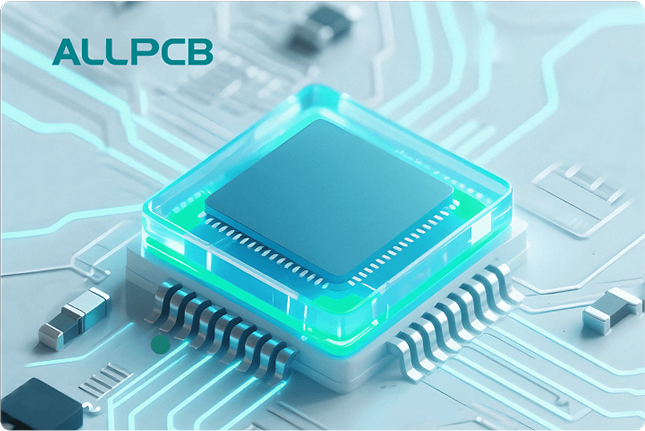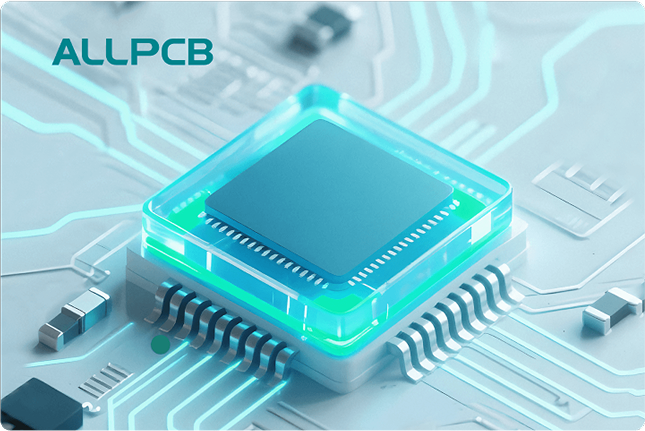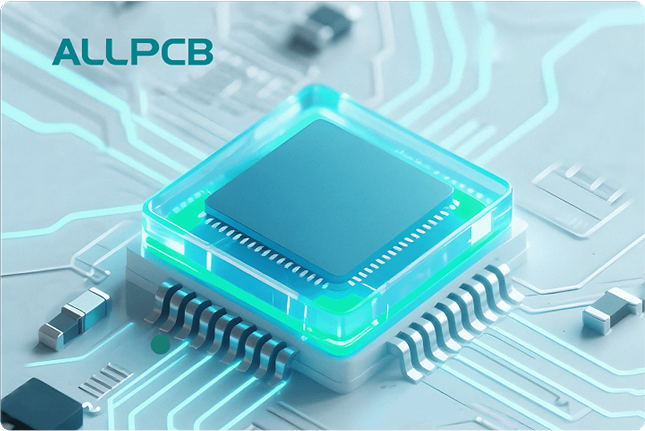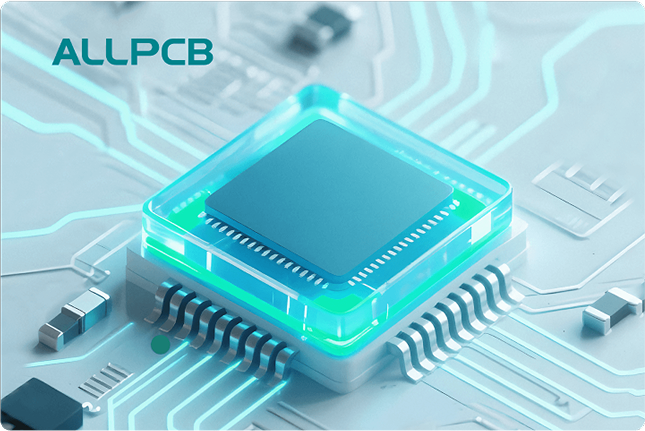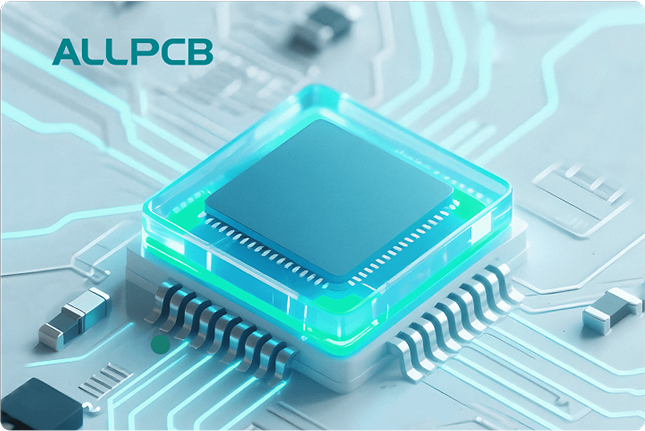If you're looking to achieve flawless soldering results for your PCB designs, understanding reflow oven zone configuration is key. How do you optimize reflow oven zone settings for different PCB designs? The answer lies in tailoring the temperature zones—preheating, soaking, reflow, and cooling—to match the thermal requirements of your specific board and components. Factors like PCB thickness, component density, and material composition all play a role in determining the ideal SMT reflow profile. In this comprehensive guide, we'll dive deep into reflow oven optimization, PCB thermal management, and temperature zone configuration to help you achieve consistent, high-quality results.
Introduction to Reflow Oven Zone Settings
In surface mount technology (SMT) assembly, a reflow oven is an essential tool for soldering components onto printed circuit boards (PCBs). The oven uses controlled heat to melt solder paste, creating strong electrical and mechanical connections. However, not all PCBs are the same, and a one-size-fits-all approach to reflow oven settings can lead to defects like tombstoning, solder voids, or component damage. That’s where reflow oven zone configuration comes in. By fine-tuning the temperature settings in each zone, you can ensure optimal soldering for various PCB designs, from simple single-layer boards to complex multi-layer assemblies with high-density components.
This blog will walk you through the basics of SMT reflow profiles, the role of each temperature zone, and practical tips for optimizing your reflow oven settings. Whether you're an engineer refining your process or a manufacturer aiming for efficiency, mastering temperature zone configuration will elevate your PCB assembly quality.
Understanding the Basics of SMT Reflow Profiles
An SMT reflow profile is a temperature-time graph that dictates how a PCB moves through the different zones of a reflow oven. The profile ensures that solder paste melts, wets the pads, and solidifies without damaging components or the board itself. A well-designed profile balances heat application to avoid thermal shock, insufficient soldering, or overheating.
Most reflow ovens have four primary zones, each serving a distinct purpose in the soldering process:
- Preheating Zone: Gradually raises the temperature to activate flux in the solder paste and prepare components for soldering.
- Soaking Zone: Maintains a stable temperature to ensure even heat distribution across the PCB.
- Reflow Zone: Reaches the peak temperature to melt the solder paste and form reliable joints.
- Cooling Zone: Lowers the temperature to solidify the solder and prevent thermal stress.
Optimizing these zones for different PCB designs requires an understanding of thermal dynamics and material properties. For instance, a thick, multi-layer PCB may need a longer preheat time compared to a thin, single-layer board to avoid warping. Let’s explore each zone in detail and how to adjust settings for effective PCB thermal management.
The Role of Each Temperature Zone in Reflow Oven Optimization
1. Preheating Zone: Setting the Foundation
The preheating zone is the first stage in the reflow process. Its main goal is to raise the temperature of the PCB and components gradually, typically between 1.5°C to 3°C per second, to avoid thermal shock. This zone also activates the flux in the solder paste, which helps clean the surfaces for better solder adhesion.
For different PCB designs, preheating settings vary. A densely populated board with large components might require a slower ramp-up rate (around 1.5°C per second) to ensure uniform heating, while a simpler design could handle a faster rate (up to 3°C per second). The typical temperature range for this zone is 150°C to 180°C, held for 60 to 90 seconds.
Tip for Optimization: If your PCB has a high thermal mass (e.g., thick boards or large heat sinks), extend the preheat time to ensure even temperature distribution. Monitor the board with thermocouples to confirm no area lags behind in temperature rise.
2. Soaking Zone: Achieving Thermal Equilibrium
The soaking zone, sometimes called the thermal soak or activation zone, maintains a steady temperature, usually between 150°C and 200°C, for 60 to 120 seconds. This stage ensures that all parts of the PCB—regardless of thickness or component size—reach a uniform temperature before entering the reflow zone. It also allows the flux to fully activate and remove oxides from the soldering surfaces.
For complex PCB designs with mixed components (e.g., small chip resistors alongside large BGA packages), a longer soak time might be necessary to prevent thermal gradients. Conversely, simpler designs with uniform components can often use a shorter soak period.
Tip for Optimization: Adjust the soak time based on the thermal mass of your PCB. For multi-layer boards, aim for 90-120 seconds to ensure even heating. Use thermal profiling tools to verify that the temperature across the board remains consistent.
3. Reflow Zone: Melting the Solder
The reflow zone is where the magic happens. The temperature rises to a peak, typically between 235°C and 250°C for lead-free solder, to melt the solder paste and form strong joints. The time above liquidus (TAL)—the duration the solder stays molten—should generally be 30 to 60 seconds to ensure proper wetting without overheating components.
Different PCB designs demand tailored peak temperatures and TAL. For instance, a PCB with sensitive components might require a lower peak temperature (around 235°C) and a shorter TAL (30 seconds). On the other hand, a board with high thermal mass might need a slightly higher peak (up to 245°C) to ensure all solder joints form properly.
Tip for Optimization: Always refer to the solder paste manufacturer’s specifications for recommended peak temperatures and TAL. For lead-free solder, avoid exceeding 250°C to prevent component damage. Use real-time thermal profiling to monitor the peak temperature and adjust conveyor speed if needed.
4. Cooling Zone: Solidifying the Solder
The cooling zone is the final stage, where the PCB temperature drops to solidify the solder joints. A controlled cooling rate, typically 2°C to 4°C per second, prevents thermal stress and defects like solder cracking. Rapid cooling can cause mechanical stress, while slow cooling might lead to grainy solder joints.
For different PCB designs, cooling rates should match the board’s thermal characteristics. Thicker boards or those with large components may benefit from a slower cooling rate (around 2°C per second) to avoid stress, while thinner boards can handle faster cooling (up to 4°C per second).
Tip for Optimization: Ensure your reflow oven’s cooling zone is equipped with adequate airflow or cooling mechanisms. If defects like solder cracking occur, reduce the cooling rate by adjusting fan speeds or conveyor settings.
Factors Influencing Reflow Oven Zone Settings for Different PCB Designs
Optimizing reflow oven settings isn’t just about adjusting temperatures and times—it’s about understanding the unique characteristics of each PCB design. Here are the key factors to consider for effective temperature zone configuration:
1. PCB Thickness and Layer Count
Thicker PCBs and those with multiple layers have higher thermal mass, meaning they absorb and retain more heat. This requires longer preheat and soak times to ensure even heating. For example, a 2.0mm thick, 6-layer board might need a 90-second preheat at 160°C, while a 0.8mm single-layer board could suffice with 60 seconds at the same temperature.
2. Component Density and Type
High-density boards with a mix of small and large components present unique challenges in PCB thermal management. Large components like BGAs or connectors act as heat sinks, requiring more heat to reach soldering temperatures, while small components can overheat quickly. Adjust soak and reflow times to balance these differences—often, a longer soak (up to 120 seconds) helps.
3. Solder Paste Type
Different solder pastes, such as leaded or lead-free, have unique melting points and flux activation requirements. Lead-free solder typically requires a peak temperature of 235°C to 245°C, while leaded solder melts at lower temperatures (around 210°C to 220°C). Always consult the paste datasheet for precise reflow profile recommendations.
4. Board Material and Finishes
The PCB substrate (e.g., FR-4, polyimide) and surface finish (e.g., HASL, ENIG) also influence thermal behavior. High-Tg materials can withstand higher temperatures but may need extended preheat times, while certain finishes affect solder wetting. Tailor your profile to match the material properties for optimal results.
Practical Steps for Reflow Oven Optimization
Now that we’ve covered the theory behind temperature zone configuration, let’s look at actionable steps to optimize your reflow oven settings for different PCB designs.
Step 1: Create a Baseline Profile
Start with a standard reflow profile based on your solder paste manufacturer’s recommendations. For lead-free solder, a common baseline might include a preheat ramp of 2°C per second to 160°C, a 90-second soak at 180°C, a peak of 240°C with 40 seconds TAL, and a cooling rate of 3°C per second.
Step 2: Use Thermal Profiling Tools
Attach thermocouples to critical areas of your PCB (e.g., near large components, board edges, and center) to measure actual temperatures during the reflow process. Compare these readings to your target profile and adjust zone settings if discrepancies appear.
Step 3: Test and Iterate
Run a small batch of PCBs through the oven using your baseline profile. Inspect the solder joints for defects like insufficient wetting, tombstoning, or voids. If issues arise, tweak the preheat time, soak duration, or peak temperature. For instance, tombstoning often indicates uneven heating, so extend the soak time by 15-30 seconds.
Step 4: Document and Standardize
Once you’ve optimized the profile for a specific PCB design, document the settings for future reference. Create a library of profiles for different board types to streamline production and ensure consistency.
Common Challenges in Reflow Oven Zone Configuration
Even with careful planning, issues can arise during reflow soldering. Here are some common challenges and solutions for effective PCB thermal management:
- Tombstoning: Caused by uneven heating, often during preheat or soak. Solution: Slow down the preheat ramp rate and extend soak time.
- Solder Voids: Result from trapped gases in the solder joint. Solution: Ensure proper flux activation by maintaining soak temperature within the recommended range (150°C-200°C).
- Component Damage: Occurs if peak temperature exceeds component ratings. Solution: Lower the reflow zone temperature or reduce TAL to 30 seconds.
- Warping: Common in thin or large PCBs due to thermal stress. Solution: Use a slower cooling rate (around 2°C per second) and support the board during cooling if possible.
Advanced Tips for Temperature Zone Configuration
For engineers looking to take their reflow oven optimization to the next level, consider these advanced strategies:
- Nitrogen Atmosphere: Using nitrogen in the reflow oven can reduce oxidation, especially for lead-free soldering. Adjust soak and reflow temperatures slightly lower (by 5-10°C) since nitrogen improves heat transfer.
- Conveyor Speed: Fine-tune conveyor speed to control time spent in each zone. Slower speeds increase exposure time, ideal for thick boards, while faster speeds suit thinner designs.
- Zone-Specific Airflow: Some advanced ovens allow airflow adjustments per zone. Increase airflow in the cooling zone for faster heat dissipation without affecting preheat or soak uniformity.
Conclusion: Mastering Reflow Oven Zone Settings for Quality Soldering
Optimizing reflow oven zone settings is a critical step in achieving high-quality soldering for different PCB designs. By understanding the role of each temperature zone—preheating, soaking, reflow, and cooling—and tailoring settings to match your board’s thermal characteristics, you can minimize defects and ensure reliable solder joints. Whether you’re dealing with a simple single-layer PCB or a complex multi-layer assembly, effective PCB thermal management through SMT reflow profiles is within reach.
Start by creating a baseline profile, use thermal profiling tools to monitor performance, and iterate based on test results. With careful attention to factors like PCB thickness, component density, and solder paste type, you’ll master temperature zone configuration and elevate your manufacturing process. At ALLPCB, we’re committed to supporting your SMT assembly needs with insights and solutions for reflow oven optimization. Keep refining your settings, and watch your soldering quality soar.
 ALLPCB
ALLPCB


